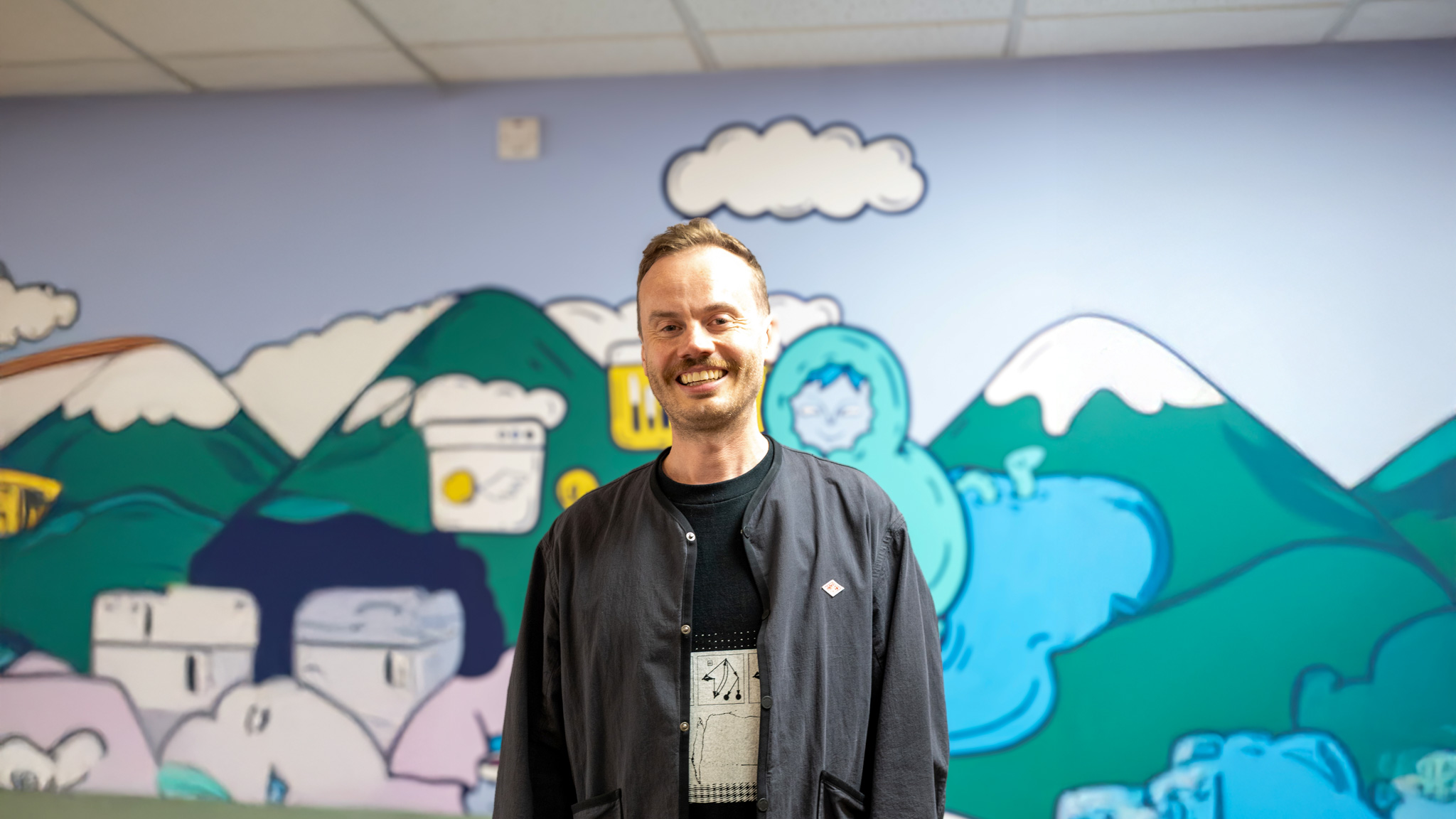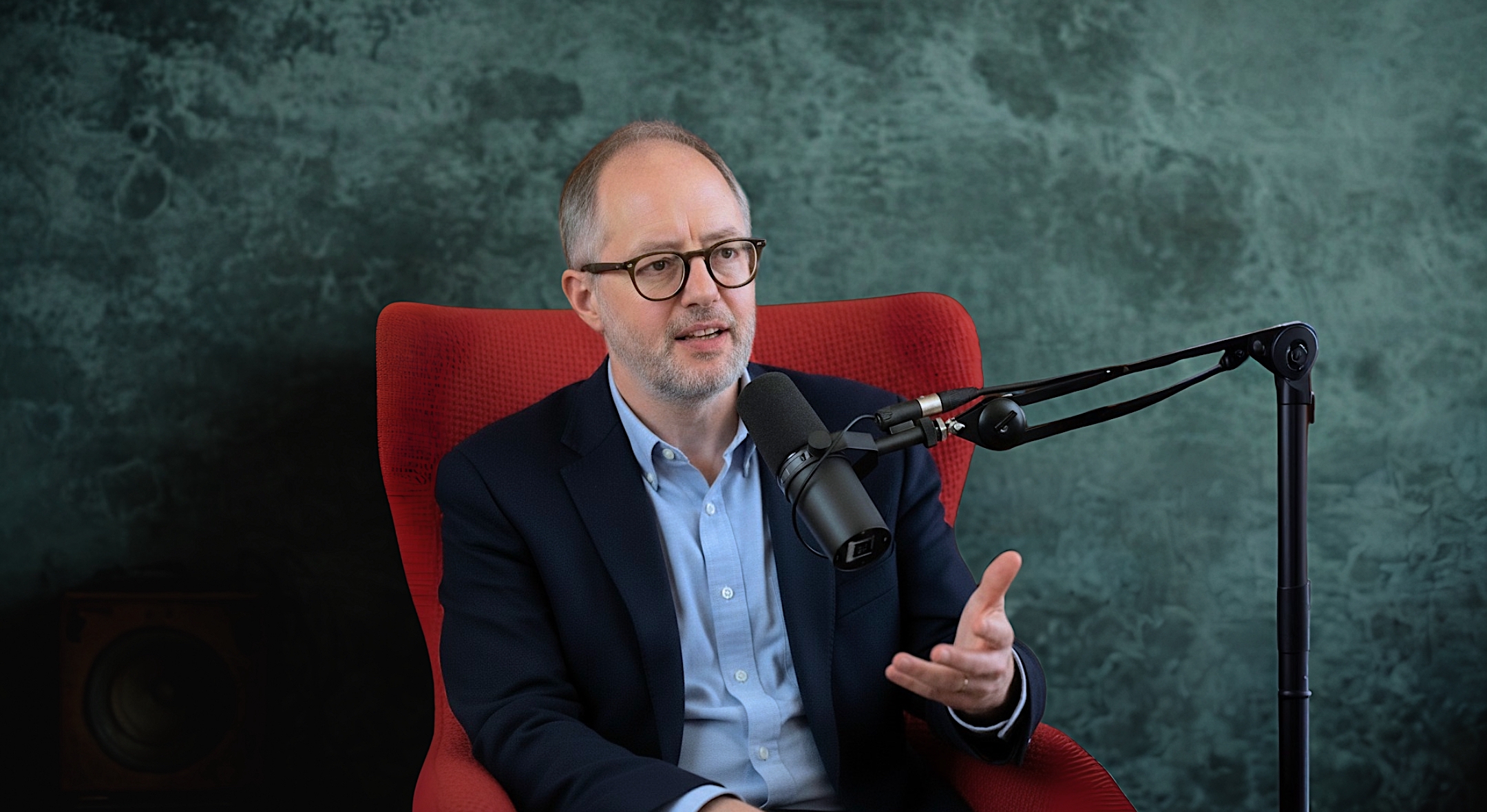Most founders chase the newest, shiniest technology. Andrew Conkie did the opposite—and it might have saved his company.
After years as an IT contractor in financial services, Andrew made a deliberate choice to move into healthcare. The reasoning was simple: he wanted to work in a field that felt more rewarding than banks. What he didn't anticipate was just how far behind NHS technology really was—or how that realisation would completely reshape his company's direction.
Red Star began with AI. Armed with Innovate UK grant funding, Andrew set out to use artificial intelligence to analyse diabetes patients' notes. It was ambitious, cutting-edge, and exactly what you'd expect from a tech founder entering healthcare.
It also wasn't what the NHS actually needed.
Learning to Navigate NHS Bureaucracy
"I didn't really appreciate the regulatory and governance overhead involved with working with the NHS," Andrew admits. "Unless you can manage that, you're not going to get anywhere."
It's the kind of understatement that masks months of frustration. The NHS does important, valuable work—Andrew is clear about that—but it's also a slow-moving machine with layers of governance that exist for legitimate reasons yet create genuine barriers for innovation.
For someone coming from financial services—already a heavily regulated industry—the NHS was another level entirely. But there's no shortcut around it. You either learn to work within the system or you don't work at all.
Pivoting from AI to Practical Software
The turning point came through a Chief Scientist Office grant to build a system for fracture liaison services—identifying people at risk of osteoporosis for screening and assessment.
Andrew's team spent three months doing user and service design work with clinicians. What emerged wasn't the AI-powered solution they'd pitched. It was something more fundamental: a well-designed software system built specifically around clinical needs.
"We realised we should build a less sophisticated product," Andrew explains. "In contrast to some of the AI work I'd done previously, we were putting in a system that was used daily with real patients and delivered better outcomes."
That's the moment Red Star became a different kind of company. Not the AI healthcare startup everyone talks about, but the practical software company the NHS desperately needed.
Building Around Use Cases, Not Capabilities
The insight that changed everything was deceptively simple: the NHS doesn't need more generic systems that do everything badly. It needs specific tools built around actual clinical workflows.
"We provide a software platform built specifically around clinical use cases," Andrew says. "It's designed for the particular area clinicians are working in."
The value proposition is about helping patients get seen quicker and ensuring they're put onto correct treatment as soon as possible. Red Star now operates across multiple areas: osteoporosis remains the primary focus, alongside a mental health platform for ADHD and eating disorders, an AI approach for heart failure treatment optimisation, and a newly launched system for childhood asthma.
The AI work Andrew started with hasn't disappeared—it's just been properly positioned. "A lot can be done with AI," he notes, "but they are very far behind in terms of basic IT systems. That's probably necessary to underpin a lot of the AI stuff as well."
Moving Beyond Innovation Grants
Andrew has clear-eyed advice for healthcare founders: innovation grants and pilot studies are great for getting started, but making the transition to long-term sustainability is a critical challenge.
"A lot of pilot studies in the NHS don't go beyond pilot stage," he explains. "If you're serious, you need to figure out how to move from innovation and grant funding into long-term business-as-usual."
That transition requires building runway—having enough funds and resources to manage the lengthy timelines it takes to get systems fully deployed. The Chief Scientist Office grants that funded Red Star were valuable not just for the money, but because they enabled actual clinical deployment.
Now, four years after starting just before COVID, Red Star's osteoporosis systems are being procured for longer-term use by health boards. It's slow progress, but it's real progress—the kind that survives beyond the initial excitement.
Building Business Capabilities With Techscaler
Coming from a technical background, Andrew found Techscaler's Next Steps (now Catalyst) programme valuable precisely because it forced him to think beyond product development.
"When you're building a company you have to look at marketing, finance, and stuff like that," he says. "You can have great people building great products, but for your product to go somewhere you need to build up the business and have the capabilities."
The mentorship component proved particularly useful. Working with mentors who had NHS and business expertise, gave Andrew practical guidance on procurement and regulatory compliance—the unglamorous work that determines whether good products actually get used.
“What helped most was being around people who’d already built things properly. The peer programming sessions and mentor chats gave me practical direction - not just theory - and that made it easier to make confident decisions.” - Andrew Conkie, Founder, Red Star
One tangible outcome: hiring a part-time marketing person after the programme emphasised its importance. That decision led to coverage in The Herald and The Scotsman for their heart failure work, plus presence at industry events that moved them along the procurement journey.
The Data Platform Strategy
Where Red Star is heading next reveals Andrew's long game. As more patients go on treatment and the dataset improves, the company can start stratifying drugs—identifying which treatments work best for which patient populations.
More ambitiously, they're looking to identify areas of unmet need that could inform drug pipelines and new treatment development. It's the kind of strategic positioning that turns a software company into a data platform with genuine strategic value.
Red Star is also expanding geographically, speaking with NHS England and Wales about systems and beginning international outreach to Ireland. The team has grown from Andrew working solo to four software developers plus part-time marketing support and machine learning expertise.
Key Lessons for Healthcare Founders
The lesson in Andrew's journey isn't that AI doesn't matter or that innovation isn't valuable. It's that the healthcare technology problem isn't primarily a technology problem—it's a deployment problem, a procurement problem, a change management problem.
The NHS needs better basic software before it needs sophisticated AI. It needs systems built around clinical workflows before it needs generic platforms. It needs founders willing to spend three months on user research and then build something less sophisticated than they're capable of building.
Most importantly, it needs founders who understand that "slow" isn't a failure—it's the reality of building anything that lasts in healthcare.
Andrew chose healthcare because he thought it would be more rewarding than financial services. Years later, with clinical systems running across Scotland and expansion plans beyond, he's proved that insight correct. Just not in the way he initially imagined.
Andrew Conkie is the founder of Red Star, providing software platforms for clinical use cases across the NHS. Red Star is part of the Techscaler community supporting founders across Scotland. Sign up for free today.














